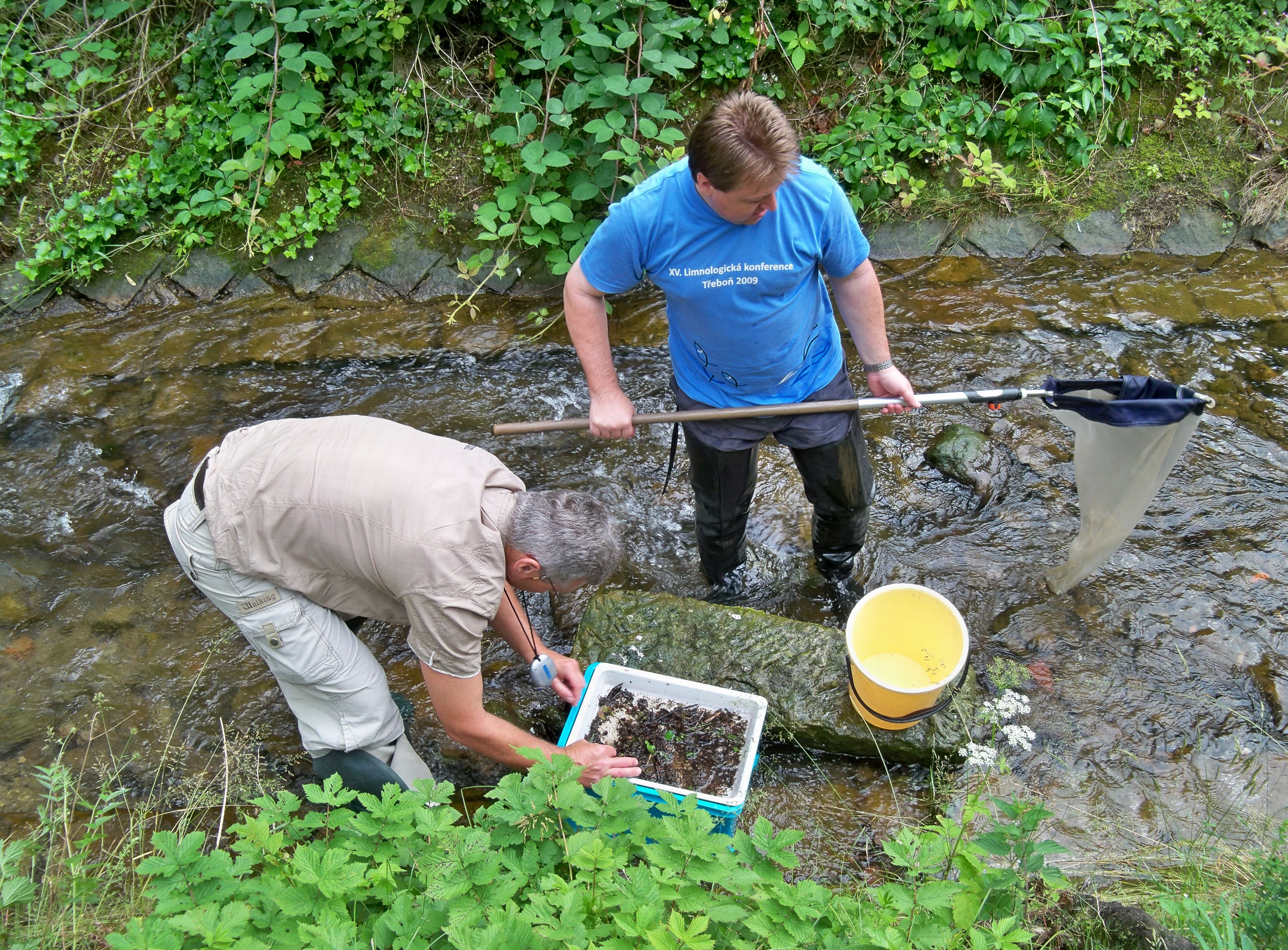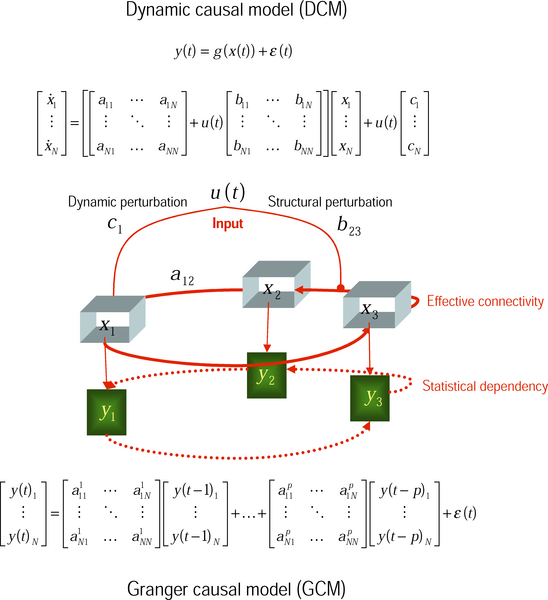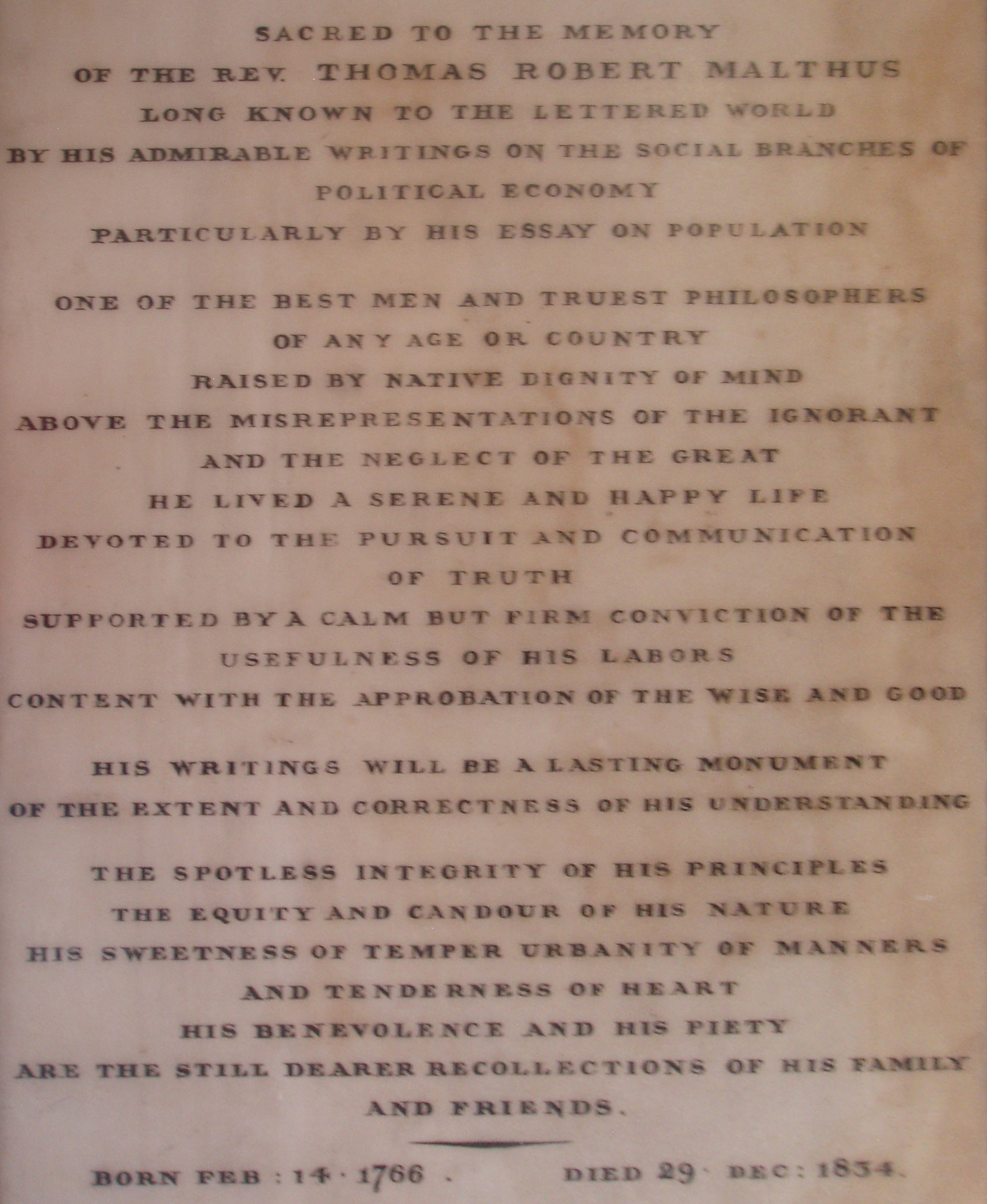|
Historical Demography
Historical demography is the quantitative study of human population in the past. It is concerned with population size, with the three basic components of population change (fertility, mortality, and migration), and with population characteristics related to those components, such as marriage, socioeconomic status, and the configuration of families. Sources The sources of historical demography vary according to the period and topics of the study. For the recent period - beginning in the early nineteenth century in most European countries, and later in the rest of the world - historical demographers make use of data collected by governments, including censuses and vital statistics.Historical Demography in |
Demographic History
Demographic history is the reconstructed record of human population in the past. Given the lack of population records prior to the 1950s, there are many gaps in our record of demographic history. Historical demographers must make do with estimates, models and extrapolations. For the demographic methodology, see historical demography. Historical population of the world Estimating the ancestral population of anatomically modern humans, Colin McEvedy and Richard Jones chose bounds based on gorilla and chimpanzee population densities of 1/km2 and 3-4/km2, respectively, then assumed that as ''Homo erectus'' moved up the food chain, they lost an order of magnitude in density. With a habitat of 68 million km2 ("the Old World south of latitude 50° north, minus Australia"), ''Homo erectus'' could have numbered around 1.7 million individuals. After being replaced by ''Homo sapiens'' and moving into the New World and de-glaciated territory, by 10,000 BC world population was approaching fo ... [...More Info...] [...Related Items...] OR: [Wikipedia] [Google] [Baidu] |
Field Survey
Field research, field studies, or fieldwork is the collection of raw data outside a laboratory, library, or workplace setting. The approaches and methods used in field research vary across disciplines. For example, biologists who conduct field research may simply observe animals interacting with their environments, whereas social scientists conducting field research may interview or observe people in their natural environments to learn their languages, folklore, and social structures. Field research involves a range of well-defined, although variable, methods: informal interviews, direct observation, participation in the life of the group, collective discussions, analyses of personal documents produced within the group, self-analysis, results from activities undertaken off- or on-line, and life-histories. Although the method generally is characterized as qualitative research, it may (and often does) include quantitative dimensions. History Field research has a long history ... [...More Info...] [...Related Items...] OR: [Wikipedia] [Google] [Baidu] |
Causal Model
In the philosophy of science, a causal model (or structural causal model) is a conceptual model that describes the causal mechanisms of a system. Causal models can improve study designs by providing clear rules for deciding which independent variables need to be included/controlled for. They can allow some questions to be answered from existing observational data without the need for an interventional study such as a randomized controlled trial. Some interventional studies are inappropriate for ethical or practical reasons, meaning that without a causal model, some hypotheses cannot be tested. Causal models can help with the question of ''external validity'' (whether results from one study apply to unstudied populations). Causal models can allow data from multiple studies to be merged (in certain circumstances) to answer questions that cannot be answered by any individual data set. Causal models have found applications in signal processing, epidemiology and machine learning. ... [...More Info...] [...Related Items...] OR: [Wikipedia] [Google] [Baidu] |
Time Series
In mathematics, a time series is a series of data points indexed (or listed or graphed) in time order. Most commonly, a time series is a sequence taken at successive equally spaced points in time. Thus it is a sequence of discrete-time data. Examples of time series are heights of ocean tides, counts of sunspots, and the daily closing value of the Dow Jones Industrial Average. A time series is very frequently plotted via a run chart (which is a temporal line chart). Time series are used in statistics, signal processing, pattern recognition, econometrics, mathematical finance, weather forecasting, earthquake prediction, electroencephalography, control engineering, astronomy, communications engineering, and largely in any domain of applied science and engineering which involves temporal measurements. Time series ''analysis'' comprises methods for analyzing time series data in order to extract meaningful statistics and other characteristics of the data. Time series ''forecasting' ... [...More Info...] [...Related Items...] OR: [Wikipedia] [Google] [Baidu] |
Integrated Public Use Microdata Series
Integrated Public Use Microdata Series (IPUMS) is the world's largest individual-level population database. IPUMS consists of microdata samples from United States ''(IPUMS-USA)'' and international ''(IPUMS-International)'' census records, as well as data from U.S. and international surveys. The records are converted into a consistent format and made available to researchers through a web-based data dissemination and analysis system. IPUMS is housed at the Institute for Social Research and Data Innovation (ISRDI), an interdisciplinary research center at the University of Minnesota, under the direction of Professor Steven Ruggles. Description IPUMS includes all persons enumerated in the United States Censuses from 1850 to 2020 (though, the 1890 census is missing because it was destroyed in a fire) and from the American Community Survey since 2000 and the Current Population Survey since 1962. IPUMS includes household-level data for United States Censuses from 1790 to 1840, due ... [...More Info...] [...Related Items...] OR: [Wikipedia] [Google] [Baidu] |
Samuel H
Samuel ''Šəmūʾēl'', Tiberian: ''Šămūʾēl''; ar, شموئيل or صموئيل '; el, Σαμουήλ ''Samouḗl''; la, Samūēl is a figure who, in the narratives of the Hebrew Bible, plays a key role in the transition from the biblical judges to the United Kingdom of Israel under Saul, and again in the monarchy's transition from Saul to David. He is venerated as a prophet in Judaism, Christianity, and Islam. In addition to his role in the Hebrew scriptures, Samuel is mentioned in Jewish rabbinical literature, in the Christian New Testament, and in the second chapter of the Quran (although Islamic texts do not mention him by name). He is also treated in the fifth through seventh books of '' Antiquities of the Jews'', written by the Jewish scholar Josephus in the first century. He is first called "the Seer" in 1 Samuel 9:9. Biblical account Family Samuel's mother was Hannah and his father was Elkanah. Elkanah lived at Ramathaim in the district of Zuph. His genealo ... [...More Info...] [...Related Items...] OR: [Wikipedia] [Google] [Baidu] |
Ansley Coale
Ansley Johnson Coale (November 14, 1917 – November 5, 2002), was one of America's foremost demographers. A native to Baltimore, Maryland, he earned his Bachelor of Arts in 1939, his Master of Arts in 1941, and (after a period of service in the Navy) his Ph.D. in 1947, all at Princeton University. A long-term director of the Office of Population Research at Princeton, Coale was especially influential for his work on the demographic transition and for his leadership of the European Fertility Project. Early childhood and education Ansley Coale was the youngest of three children born from Nellie and James Coale. One year after he was born, his family moved to Cleveland, Ohio, where he spent most of his early years receiving an "excellent" education. The Coale family moved to Annapolis, Maryland, in 1928. Ansley Coale attended a public high s ... [...More Info...] [...Related Items...] OR: [Wikipedia] [Google] [Baidu] |
Thomas Malthus
Thomas Robert Malthus (; 13/14 February 1766 – 29 December 1834) was an English cleric, scholar and influential economist in the fields of political economy and demography. In his 1798 book '' An Essay on the Principle of Population'', Malthus observed that an increase in a nation's food production improved the well-being of the population, but the improvement was temporary because it led to population growth, which in turn restored the original per capita production level. In other words, humans had a propensity to utilize abundance for population growth rather than for maintaining a high standard of living, a view that has become known as the "Malthusian trap" or the "Malthusian spectre". Populations had a tendency to grow until the lower class suffered hardship, want and greater susceptibility to war famine and disease, a pessimistic view that is sometimes referred to as a Malthusian catastrophe. Malthus wrote in opposition to the popular view in 18th-century Europe tha ... [...More Info...] [...Related Items...] OR: [Wikipedia] [Google] [Baidu] |
Paleodemography
Prehistoric demography, palaeodemography or archaeological demography is the study of human and hominid demography in prehistory. More specifically, palaeodemography looks at the changes in pre-modern populations in order to determine something about the influences on the lifespan and health of earlier peoples. Reconstructions of ancient population sizes and dynamics are based on bioarchaeology, ancient DNA, and inference from modern population genetics. Methods Skeletal analysis Skeletal analysis can yield information such as an estimation of age at time of death. There are numerous methods that can be used; in addition to age estimation and sex estimation, someone versed in basic osteology can ascertain a minimum number of individuals (or MNI) in cluttered contexts—such as in mass graves or an ossuary. This is important, as it is not always obvious how many bodies compose the bones sitting in a heap as they are excavated. Occasionally, historical disease prevalence for illne ... [...More Info...] [...Related Items...] OR: [Wikipedia] [Google] [Baidu] |
Marginal Land
Marginal land is land that is of little agricultural or developmental value because crops produced from the area would be worth less than any rent paid for access to the area. Although the term ''marginal'' is often used in a subjective sense for less-than-ideal lands, it is fundamentally an economic term that is defined by the local economic context. Thus what constitutes marginal land varies both with location and over time: for example, "a soil profile with a set of specific biophysical characteristics reported as “marginal” in the US corn belt may be one of the better soils available in another context". Changes in product values – such as the ethanol-demand induced spike in corn prices – can result in formerly marginal lands becoming profitable. Marginal lands can therefore be more difficult to delineate as compared to "abandoned crop lands" which reflect more clearly definable landowner-initiated land use changes. Land may be marginal for a number of reasons, includin ... [...More Info...] [...Related Items...] OR: [Wikipedia] [Google] [Baidu] |
Louis Henry
Louis Henry (1911 – 1991) was a French historian. He was the founder of the historical demography and one-place study fields. His 1956 book co-written with Michel Fleury, ''Des registres paroissiaux à l'histoire de la population. Manuel de dépouillement et d'exploitation de l'état civil ancien'' laid the foundation for studies in those areas. Henry proposed that it was possible to reconstruct the population of France from 1670 to 1829. He devised more advanced methods and extracted data from records in order to correct bias and indicate which family histories could be used for different kinds of statistical analyses. Henry is also responsible for the concept of natural fertility Natural fertility is the fertility that exists without birth control. The control is the number of children birthed to the parents and is modified as the number of children reaches the maximum. There is evidence that little birth control is used in ..., which guided the way demographers have come to ... [...More Info...] [...Related Items...] OR: [Wikipedia] [Google] [Baidu] |
Quantitative Study
Quantitative research is a research strategy that focuses on quantifying the collection and analysis of data. It is formed from a deductive approach where emphasis is placed on the testing of theory, shaped by empiricist and positivist philosophies. Associated with the natural, applied, formal, and social sciences this research strategy promotes the objective empirical investigation of observable phenomena to test and understand relationships. This is done through a range of quantifying methods and techniques, reflecting on its broad utilization as a research strategy across differing academic disciplines. The objective of quantitative research is to develop and employ mathematical models, theories, and hypotheses pertaining to phenomena. The process of measurement is central to quantitative research because it provides the fundamental connection between empirical observation and mathematical expression of quantitative relationships. Quantitative data is any data that is i ... [...More Info...] [...Related Items...] OR: [Wikipedia] [Google] [Baidu] |
.png)





.png)
